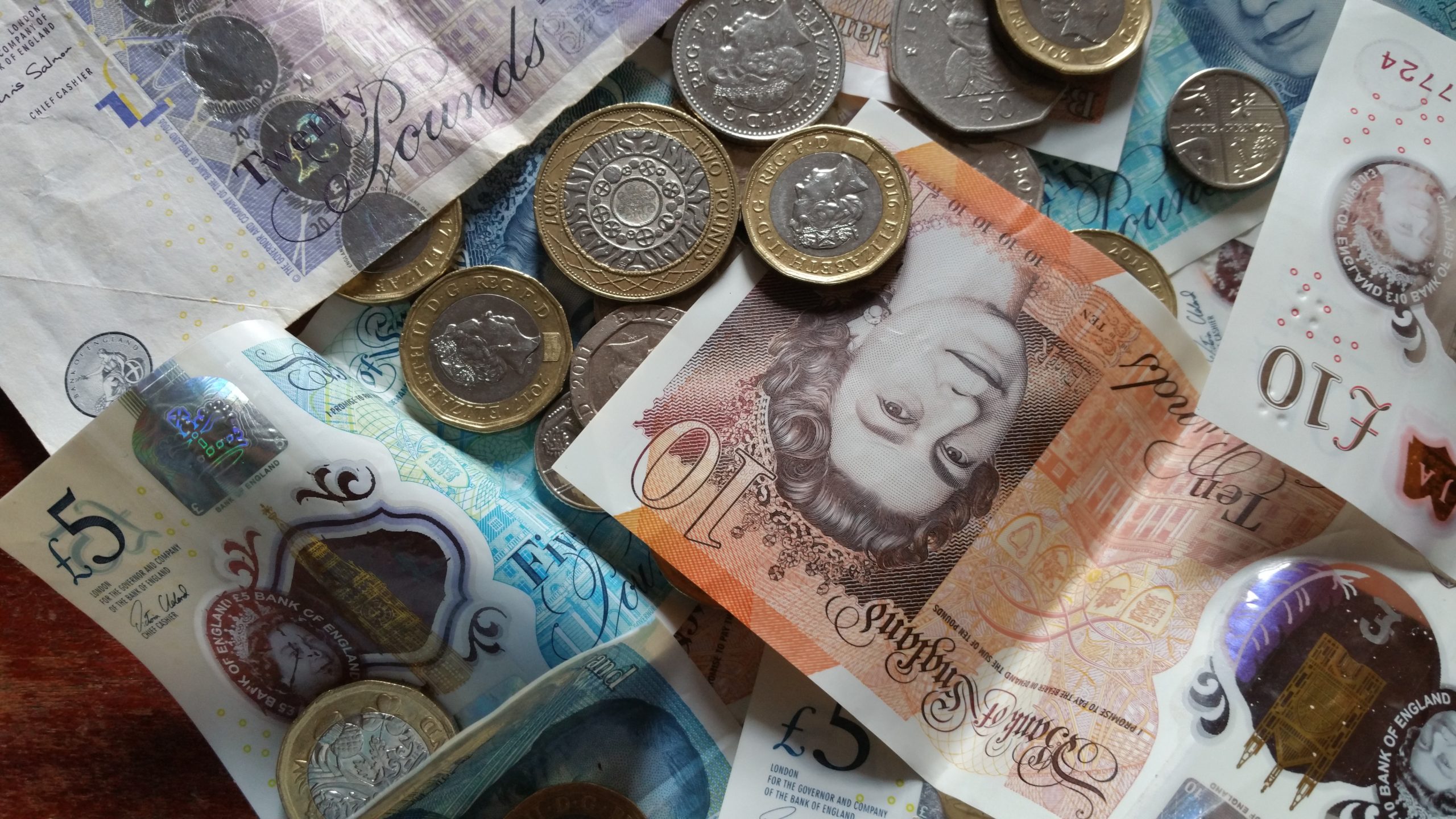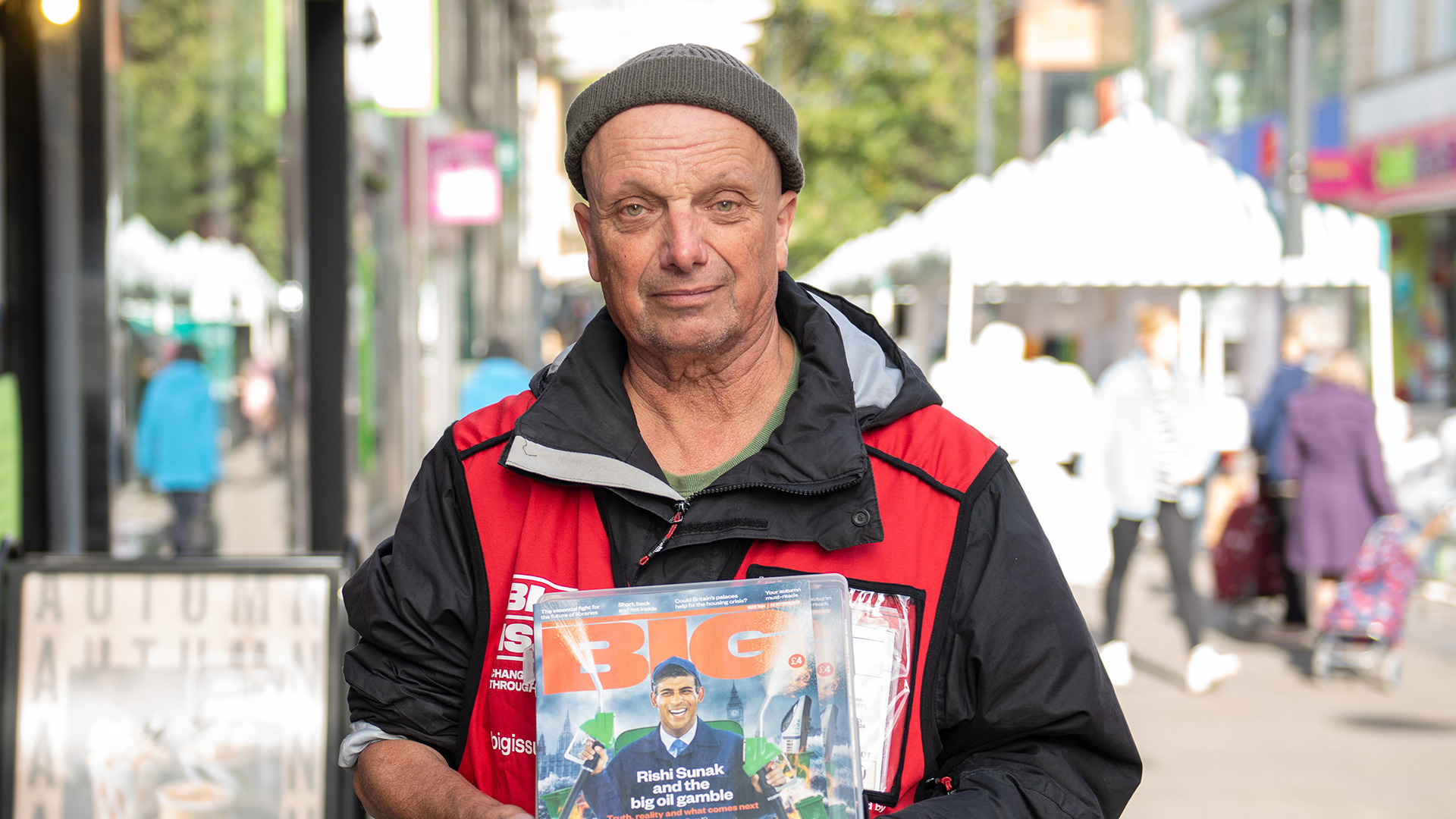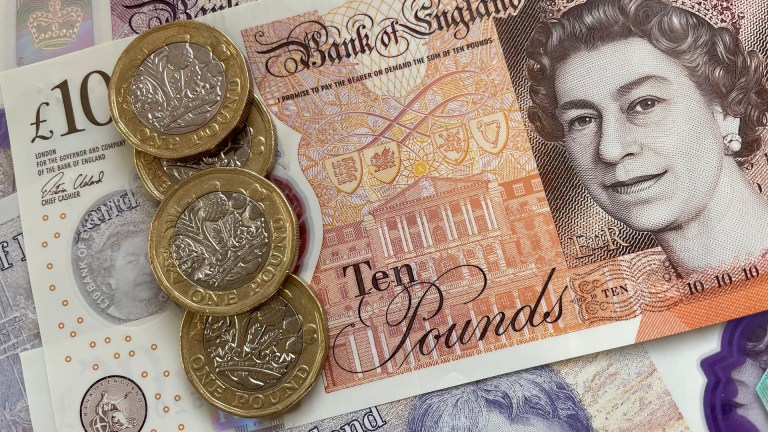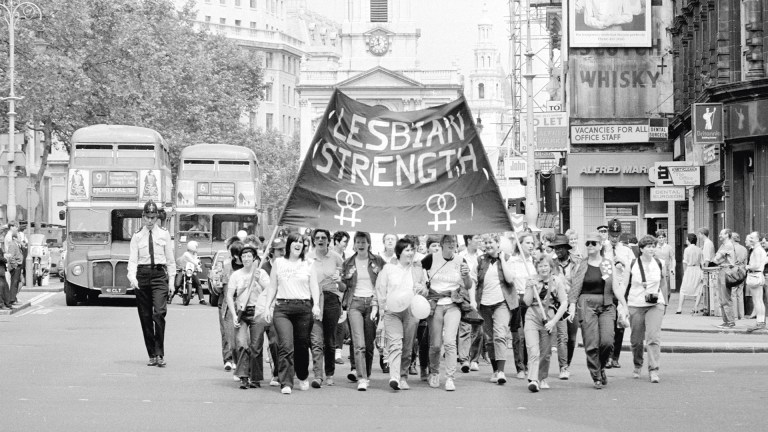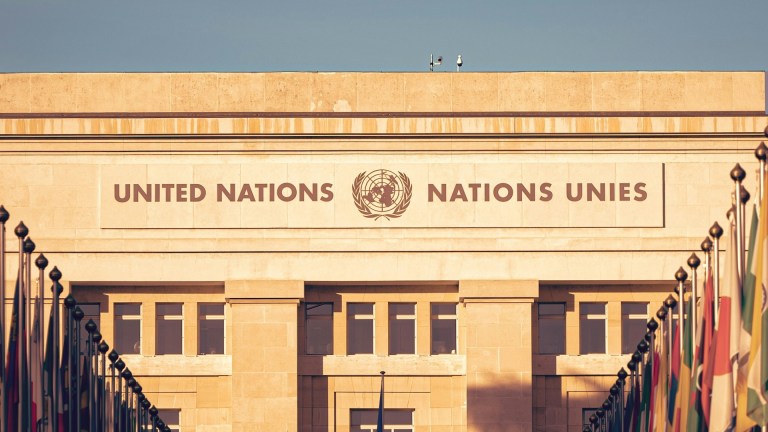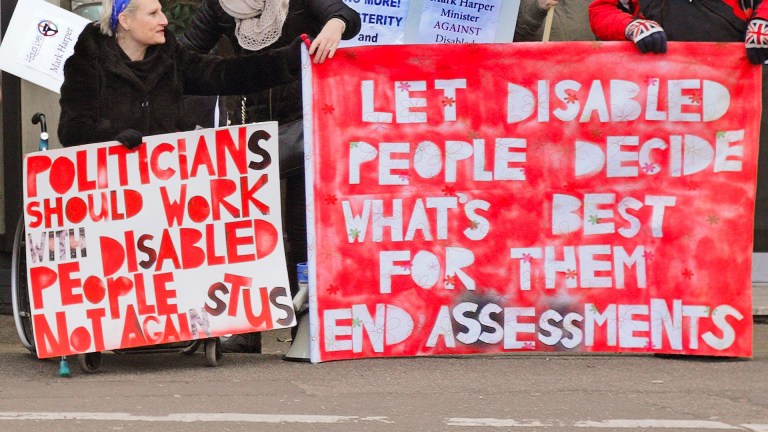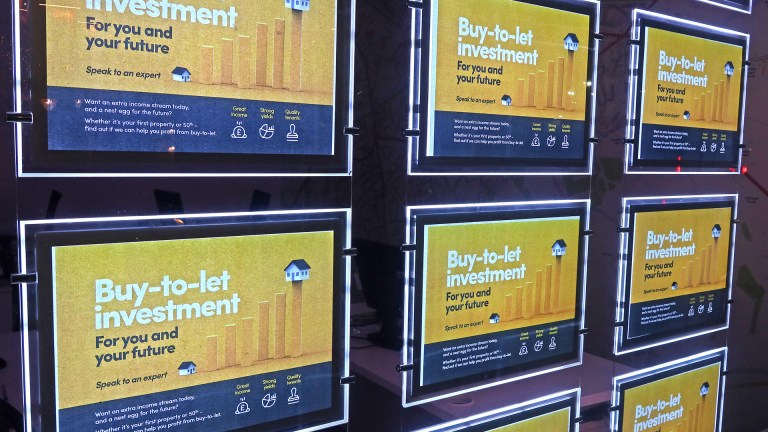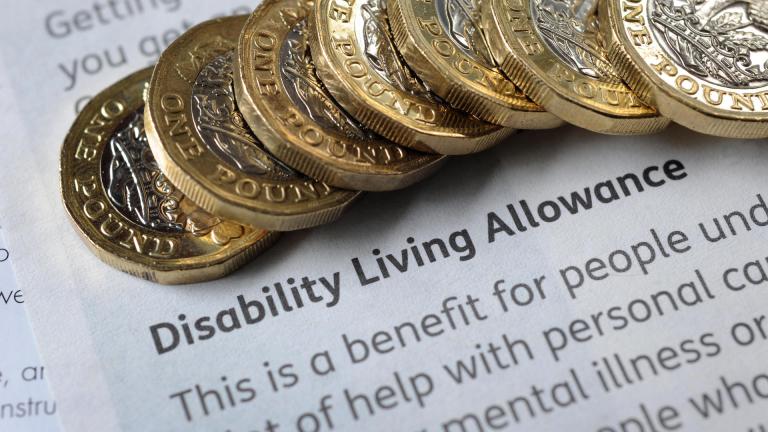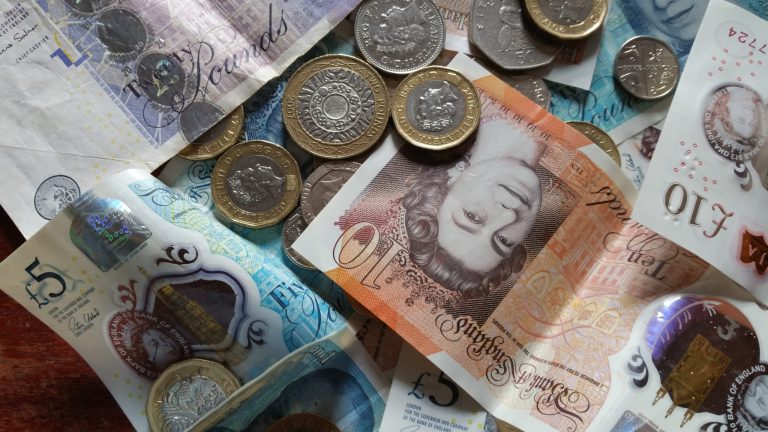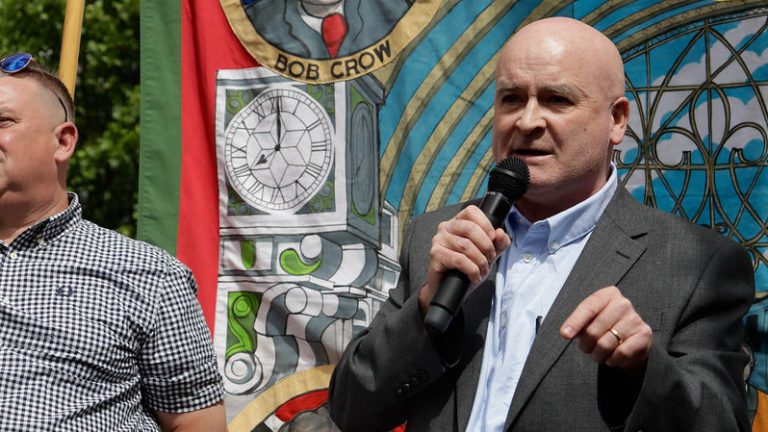Here’s everything you need to know now the cost of living payment has ended – including when you should have received the last payment, what to do if your cost of living payment is missing, whether you could receive additional benefits and where else you can go to get support now that the cost of living payment has ended.
What date should I have got the last cost of living payment?
Most people on DWP benefits received the last cost of living payment between Tuesday, February 6 and Thursday, February 22. This was the third and final payment for the 2023/2024 period and there are no further payments planned.
The previous payment of £300 was paid between 31 October and 19 November 2023.
There is a chance payments could have been paid late – such as if you were made eligible for a qualifying benefit at a later date or you change the bank account your benefit or tax credits are paid into.
How do I report a missing cost of living payment?
If you think you should have had a payment but you can’t see it in your bank account, you can report it through the government’s website.
Before reporting a missing payment, you should check your bank, building society or credit union account, or your payment exception service voucher receipt.
Is it another cost of living payment or a scam?
If someone contacts you about a future cost of living payment, it could well be a scam.
You did not need to apply for the payment, and official bodies like the DWP and HMRC never ask for your bank details by SMS or email. You can find advice on spotting scams by visiting the government’s website.
Suspicious emails can be forwarded to report@phishing.gov.uk, so the National Security Cyber Centre will investigate it, and texts to 7726, which will report the text to your mobile phone provider.
Who got the cost of living payment?
People receiving certain benefits or tax credits were eligible for the cost of living payment. This included: universal credit, income-based jobseeker’s allowance (JSA), income-related employment and support allowance (ESA), income support, pension credit, child tax credit and working tax credit.
You also had to have been receiving one of these benefits between November 13 and December 12, 2023, or a payment for an assessment period ending between these dates.
If you get both child tax credit and working tax credit you will only have received a cost of living payment for child tax credit. If you get tax credits from HMRC and a benefit from the DWP, you’ll only have received the payment from the DWP.
Couples with a joint claim only received single payments between them. You will not have got a payment if you are only getting the new style employment and support allowance, contributory employment and support allowance, or new style jobseeker’s allowance.
If your benefit was reduced to £0 for the qualifying period, you were also not eligible. This is sometimes called ‘nil award’ and refers to when you stop getting benefits for a variety of reasons. This could be because your earnings go up (or your partner’s earnings go up), you start getting another benefit or your savings go up.
If you are getting tax credits from HMRC and a low-income benefit from DWP, you will only have got the one cost of living payment. In this case, payment will have shown as ‘HMRC COLS’ in bank and building society accounts, so that people know the money is cost of living support.
Will I get a disability cost of living payment in 2024?
The £150 disability cost of living payment was paid to disabled people who receive certain benefits between 20 June and 4 July, 2023. There are no further payments planned for 2024.
Could I be eligible for benefits I’m not already getting?
You could be entitled to benefits and tax credits if you are working or unemployed, sick or disabled, a parent, a young person, an older person or a veteran. You can use the charity Turn2Us’ benefits calculator to find out what benefits you are entitled to claim.
Citizens Advice offers information and services to help people and they can advise you as to what financial support is available from the government to help you.
Just under £19billion in benefits goes unclaimed each year, according to research by Policy in Practice. That’s often because people don’t know about them, can’t access them and because of the stigma around asking for help.
But it’s so important to claim support you’re entitled to.
Where else can I get cost of living help?
Now that cost of living payments are over, there are other places people can go to get help.
People who are struggling financially may be eligible for charitable grants. You can find out what grants might be available to you using Turn2Us’ grant search on the charity’s website.
There are a huge range of grants available for different people – including those who are bereaved, disabled, unemployed, redundant, ill, a carer, veteran, young person or old person. Grants are also usually available to people who have no recourse to public funds and cannot claim welfare benefits.
If you are unable to pay your bills, your local council may have a scheme that can help you. Local councils may be able to give you debt advice, help you get hold of furniture and support you through food and fuel poverty.
Your council may also have a local welfare assistance scheme, also known as crisis support. You can also find out what support your council offers through End Furniture Poverty’s local welfare assistance finder or by contacting your local authority directly.
You may be able to get help with essential costs from your local council through the household support fund. This might be through providing food vouchers in the school holidays, debt and money advice, white goods or short-term cash payments – but every council has their own scheme and eligibility criteria, so you’ll have to contact them directly or check their website to find out what support they offer.
You can find your local food bank through the Trussell Trust’s website or the IFAN’s member’s map. You can also call the Trussell Trust’s free helplines and talk to a trained adviser. It’s 0808 208 2138 if you live in England or Wales, and 0800 915 4604 if you live in Northern Ireland. You should contact your local council if you live in Scotland.
There’s lots more cost of living help available to people who need it – we round it up here.
Do you have a story to tell or opinions to share about this? We want to hear from you. Get in touch and tell us more.
